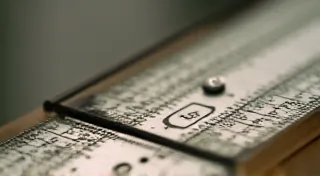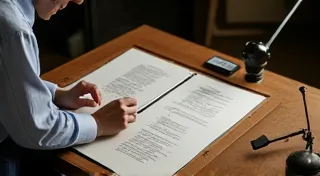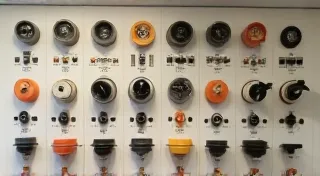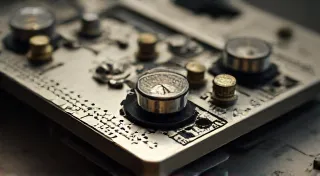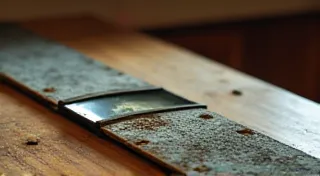Protecting Your Slide Rule Collection: Storage and Preservation
Your collection of vintage slide rules represents a fascinating piece of engineering history. These intricate tools, once vital for calculations, are now treasured artifacts. Proper storage and preservation are key to ensuring their longevity and maintaining their value. This guide details best practices to protect your slide rule collection from common forms of damage.
Environmental Factors: The Silent Enemies
Slide rules are susceptible to damage from environmental factors. Humidity, temperature fluctuations, and exposure to light can all degrade the materials over time. Understanding how these factors impact the scales and markings is crucial for effective preservation. For instance, the intricate design of the understanding slide rule scales themselves is heavily influenced by the materials used and their sensitivity to light and humidity.
- Humidity: High humidity can cause the scales to warp and the inscriptions to fade. Low humidity can dry out the materials, leading to cracking. Aim for a relative humidity between 45% and 55%.
- Temperature: Extreme temperatures can cause expansion and contraction, stressing the slide rule’s construction. Avoid storing slide rules near heat sources or in unheated garages.
- Light: Prolonged exposure to sunlight or strong artificial light can fade the scales and inscriptions. UV radiation is particularly damaging.
- Dust and Dirt: Accumulation of dust and dirt can abrade the scales and attract moisture.
Best Storage Practices
Here's a breakdown of how to store your slide rules effectively:
Individual Slide Rule Storage
Each slide rule should be stored individually to prevent scratches and damage. Consider these options:
- Custom-Made Boxes: These offer the best protection. Look for acid-free materials to prevent chemical reactions.
- Individual Fabric Sleeves: Acid-free cloth bags or sleeves are a good alternative.
- Acid-Free Tissue Paper: Wrap each slide rule in acid-free tissue paper before placing it in a box or sleeve.
- Positioning: Store slide rules horizontally. This distributes weight evenly and prevents stress on the moving parts.
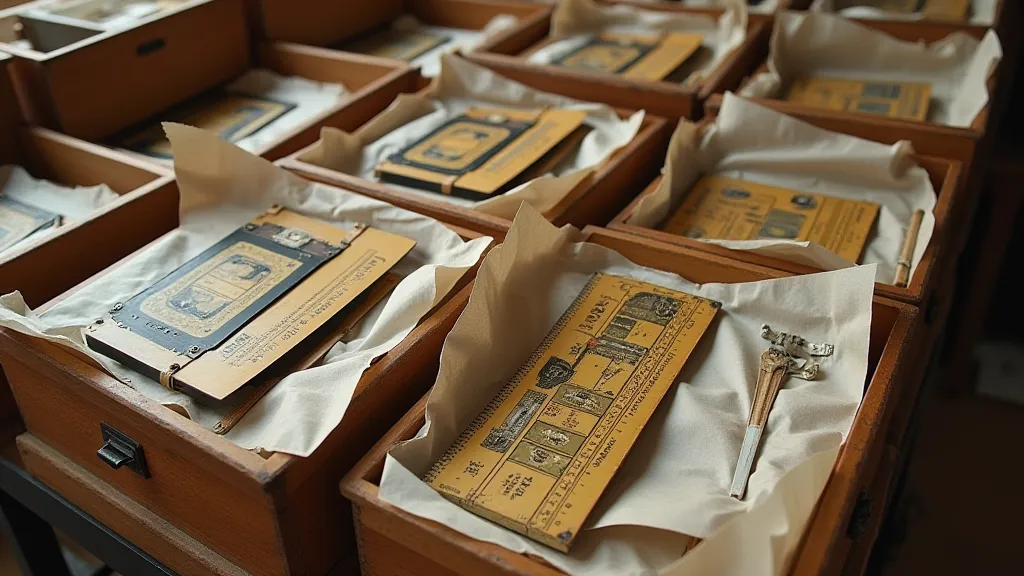
Group Storage
If storing multiple slide rules in a larger container, ensure:
- The container is airtight and moisture-resistant.
- Slide rules are separated by layers of acid-free tissue paper.
- The container is stored in a stable environment with consistent temperature and humidity.
Cleaning and Maintenance
Regular, gentle cleaning can help prevent damage. Avoid harsh chemicals or abrasive materials. Many collectors take pride in showcasing their collections, and a well-maintained slide rule adds to the aesthetic appeal. If you’ve ever considered creating a slide rule display, preserving the condition of each instrument is paramount.
- Dusting: Use a soft brush or microfiber cloth to gently remove dust.
- Scale Cleaning: For stubborn dirt, use a slightly damp (distilled water only!) microfiber cloth. Dry immediately with another clean microfiber cloth.
- Lubrication: The moving parts of a slide rule (the cursor and the slides) may benefit from occasional lubrication. Use a *very* small amount of silicone-based lubricant specifically designed for precision instruments. Avoid petroleum-based lubricants, as they can damage the materials over time.
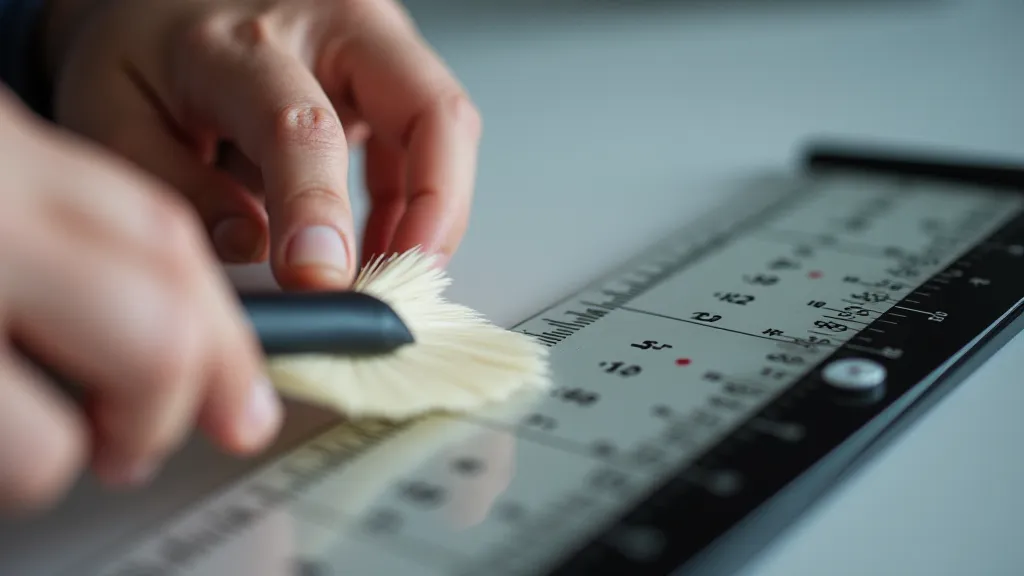
Addressing Common Issues
Here's how to deal with some common problems:
- Warping: Minor warping can sometimes be corrected by gently applying even pressure with a flat, weighted object over several days. Severe warping may require professional restoration. Attempting to correct this yourself can be tricky, and a professional conservator has specialized tools and techniques to minimize further damage.
- Faded Scales: Unfortunately, faded scales are difficult to restore. Prevention is key. The materials used in slide rule construction, particularly the inks used for the scales, are susceptible to photochemical degradation. Selecting appropriate storage conditions is the best defense against this problem.
- Loose Parts: If a slide rule is falling apart, consult a professional restorer. Attempting repairs yourself can often cause further damage. Slide rules are often composed of delicate materials such as celluloid, Bakelite, or various types of wood, which require careful handling and specialized repair techniques.
Long-Term Preservation Strategies
For particularly valuable or historically significant slide rules, consider:
- Professional Conservation: A conservator can provide expert advice and treatment. They are trained in the science of preserving cultural heritage and have the knowledge and experience to address complex conservation challenges.
- Controlled Environment Storage: A climate-controlled storage facility can provide optimal conditions. These facilities typically maintain consistent temperature and humidity levels, as well as control for factors such as light exposure and air quality.
- Documentation: Document your collection with photographs and detailed descriptions. This is especially important for insurance purposes and for future research. Include information about the manufacturer, model, condition, and any notable features.
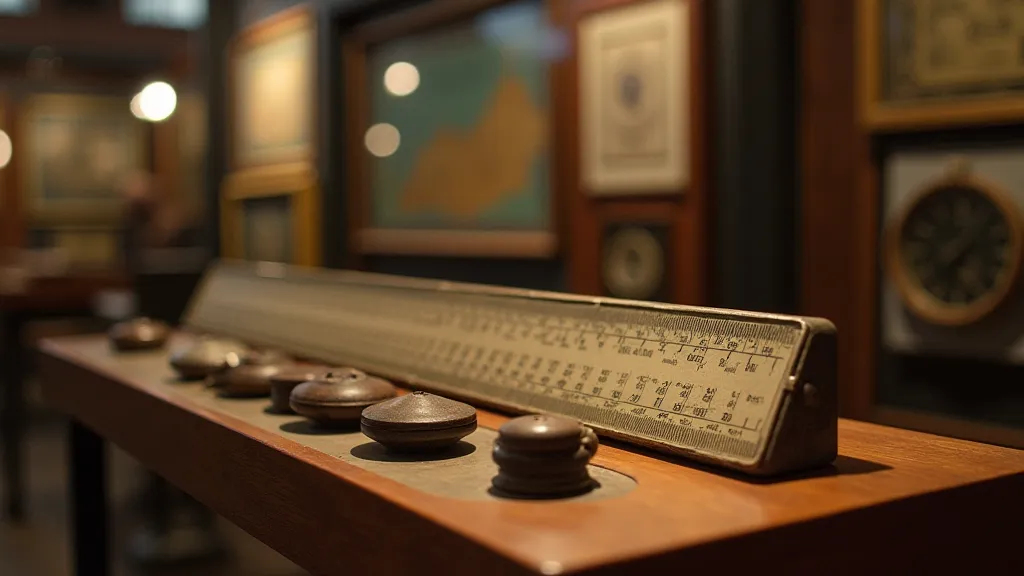
The manufacturing process of slide rules varied significantly between different companies, and understanding these variations can provide valuable insights into their strengths and weaknesses. Consider researching the comparing slide rule manufacturers to gain a deeper appreciation for the nuances of slide rule design and construction.
Many vintage slide rules feature delicate windows that can become cracked or broken over time. While attempting to replacing broken slide rule windows yourself might seem tempting, it's a task best left to experienced professionals. Improperly replaced windows can further damage the slide rule and reduce its value.
Beyond the practical considerations of storage and maintenance, it's important to remember that slide rules are more than just calculating tools – they are tangible links to a bygone era of innovation and ingenuity. By following these guidelines, you can ensure that your slide rule collection remains a valuable and fascinating piece of engineering history for generations to come.
Further research into the intricacies of slide rule construction and operation can greatly enhance your understanding and appreciation of these remarkable instruments. Delving into the history of slide rule scales, the evolution of their design, and the materials used in their creation can provide a richer context for your collection. Consider exploring archival resources, museum collections, and online communities dedicated to the preservation and study of slide rules.
Remember, the long-term preservation of your slide rule collection is an investment in the future. By taking proactive steps to protect these historical artifacts, you are contributing to the preservation of a valuable part of our technological heritage.
